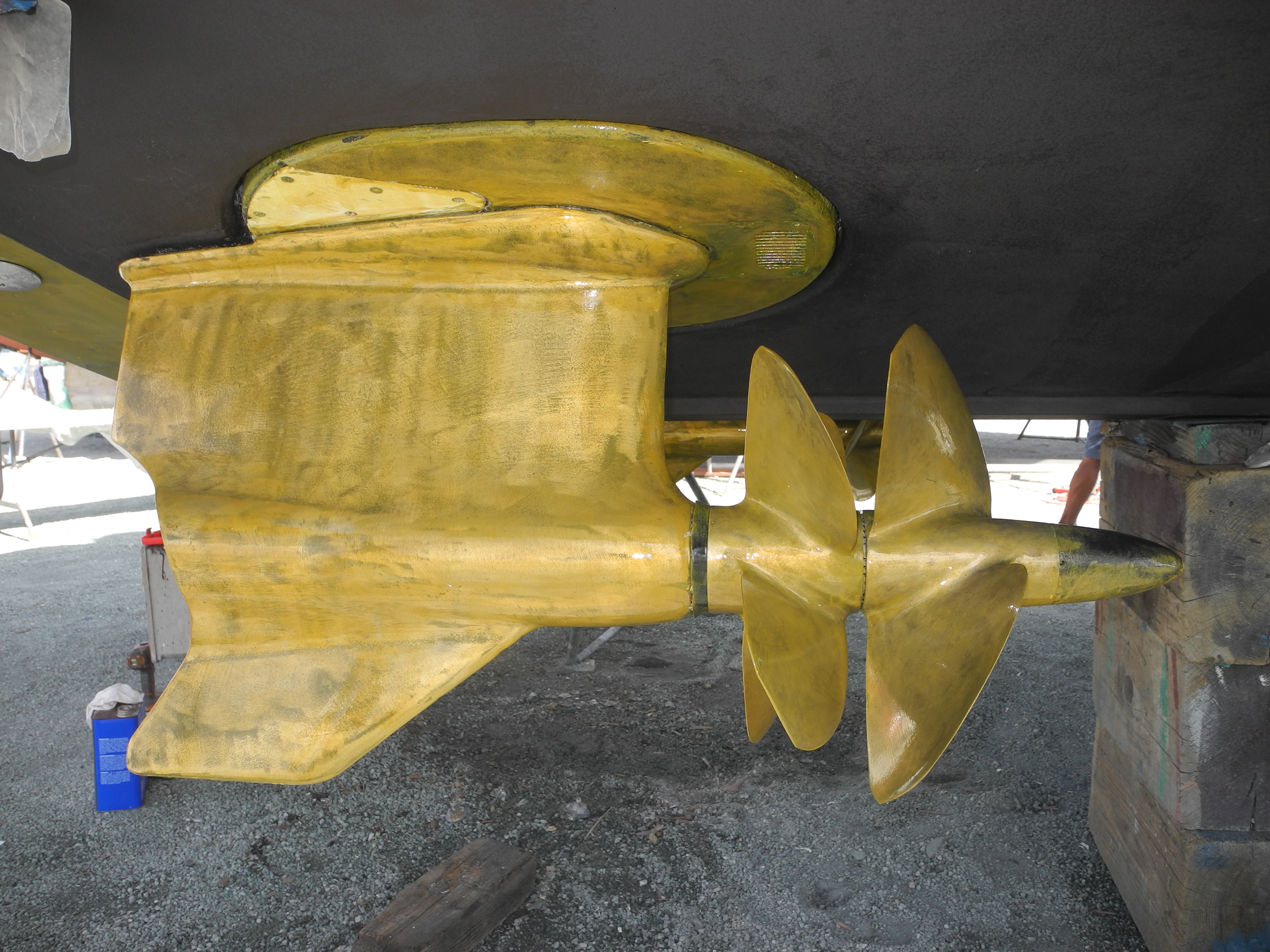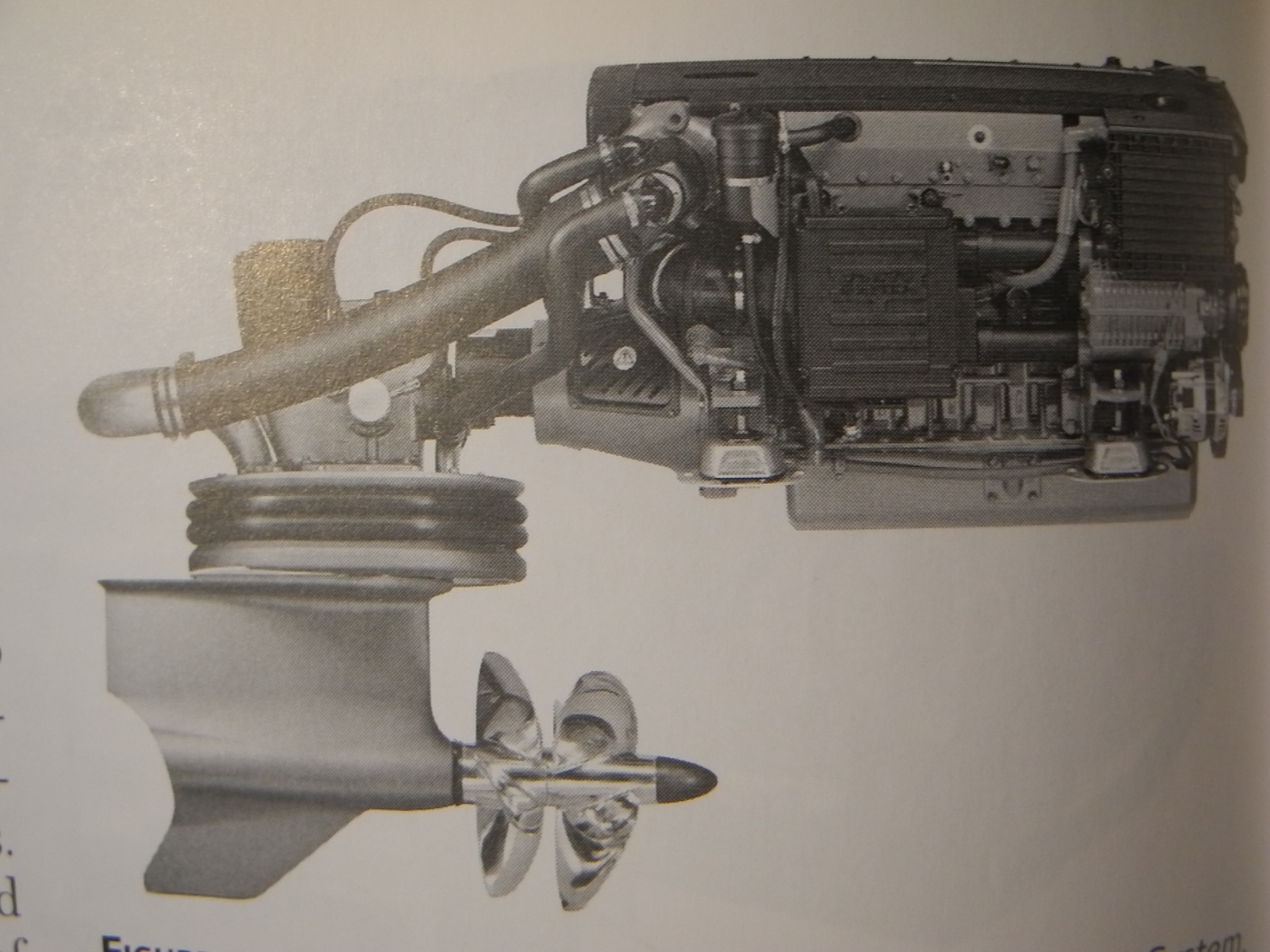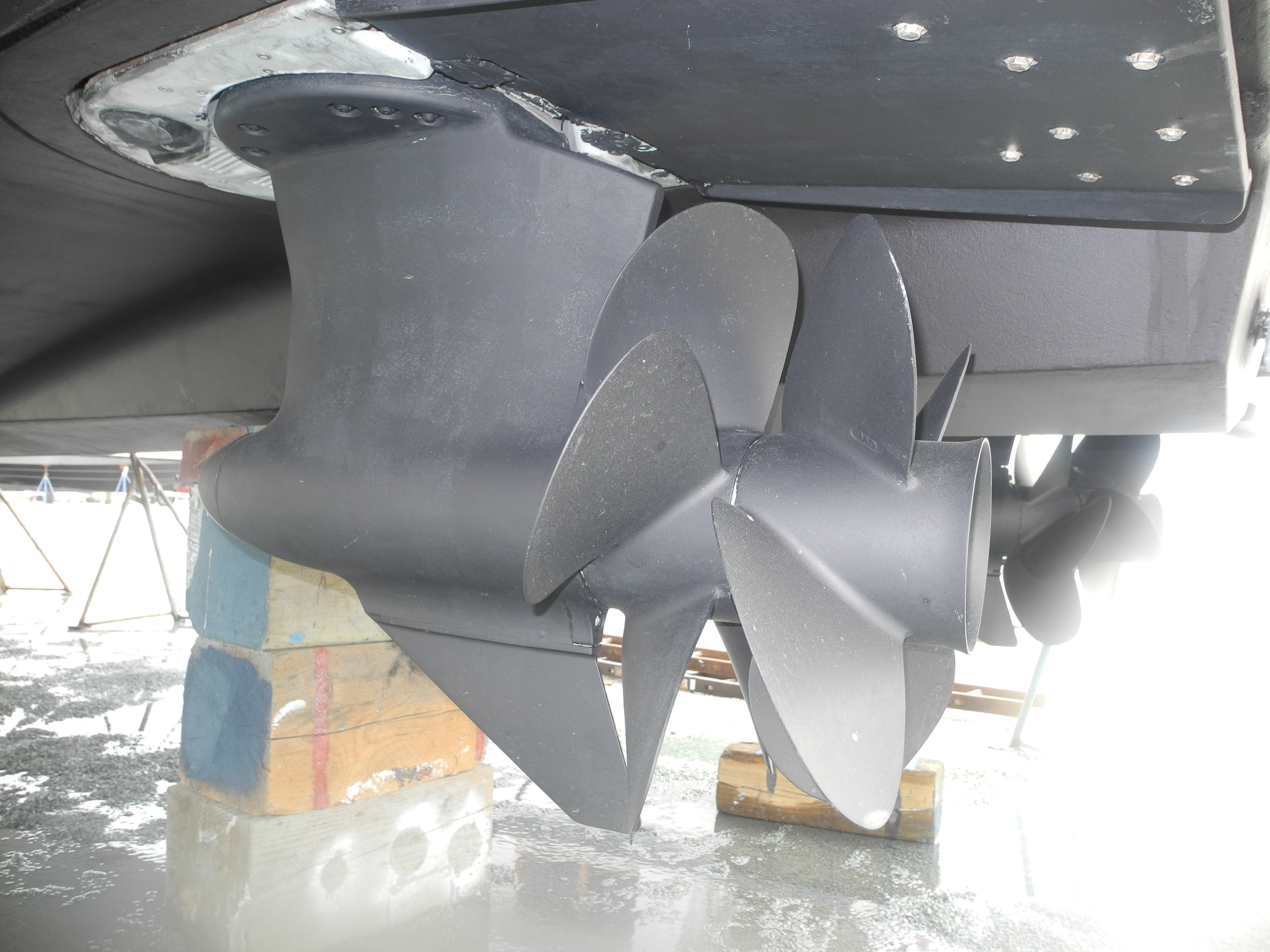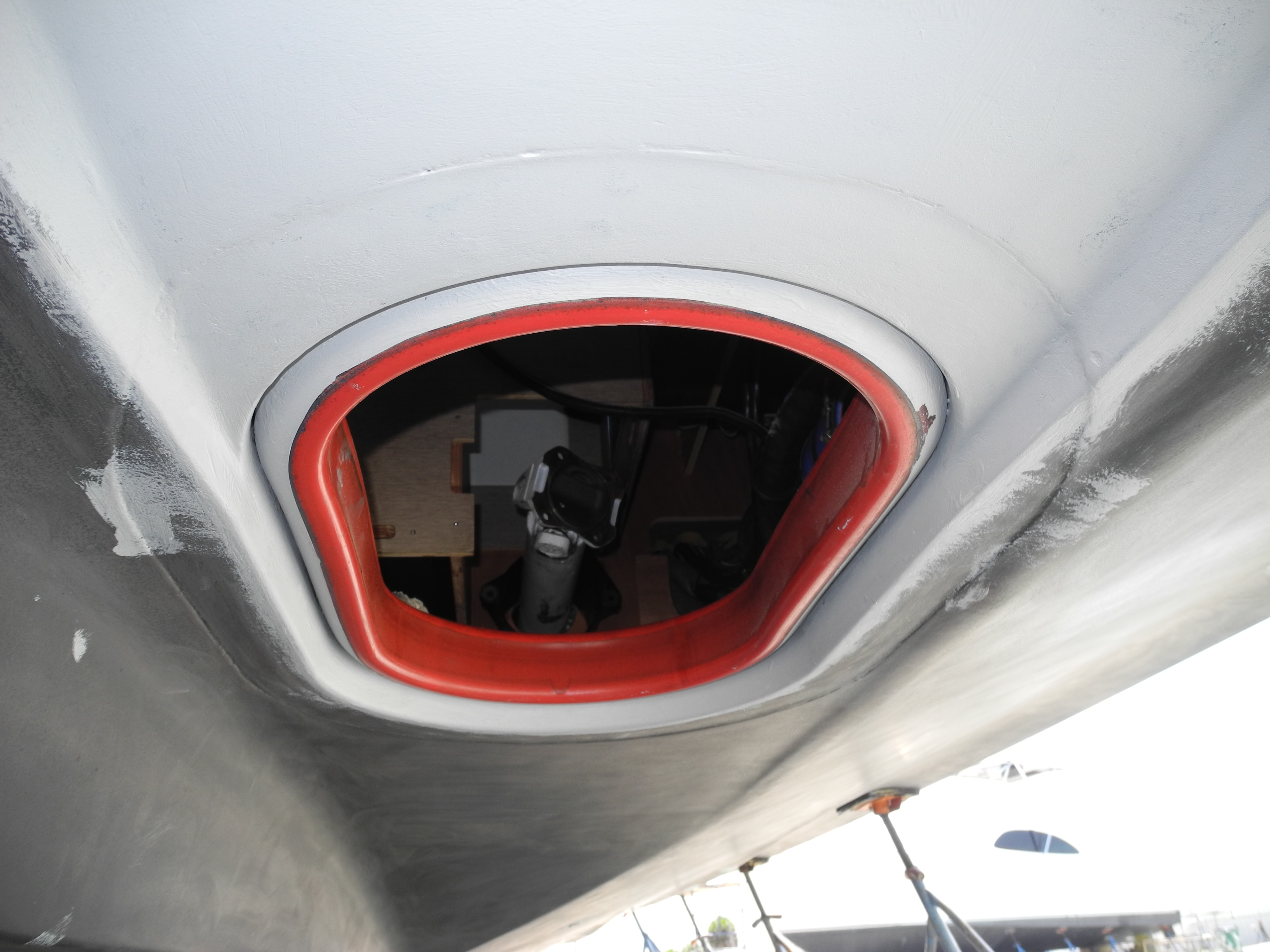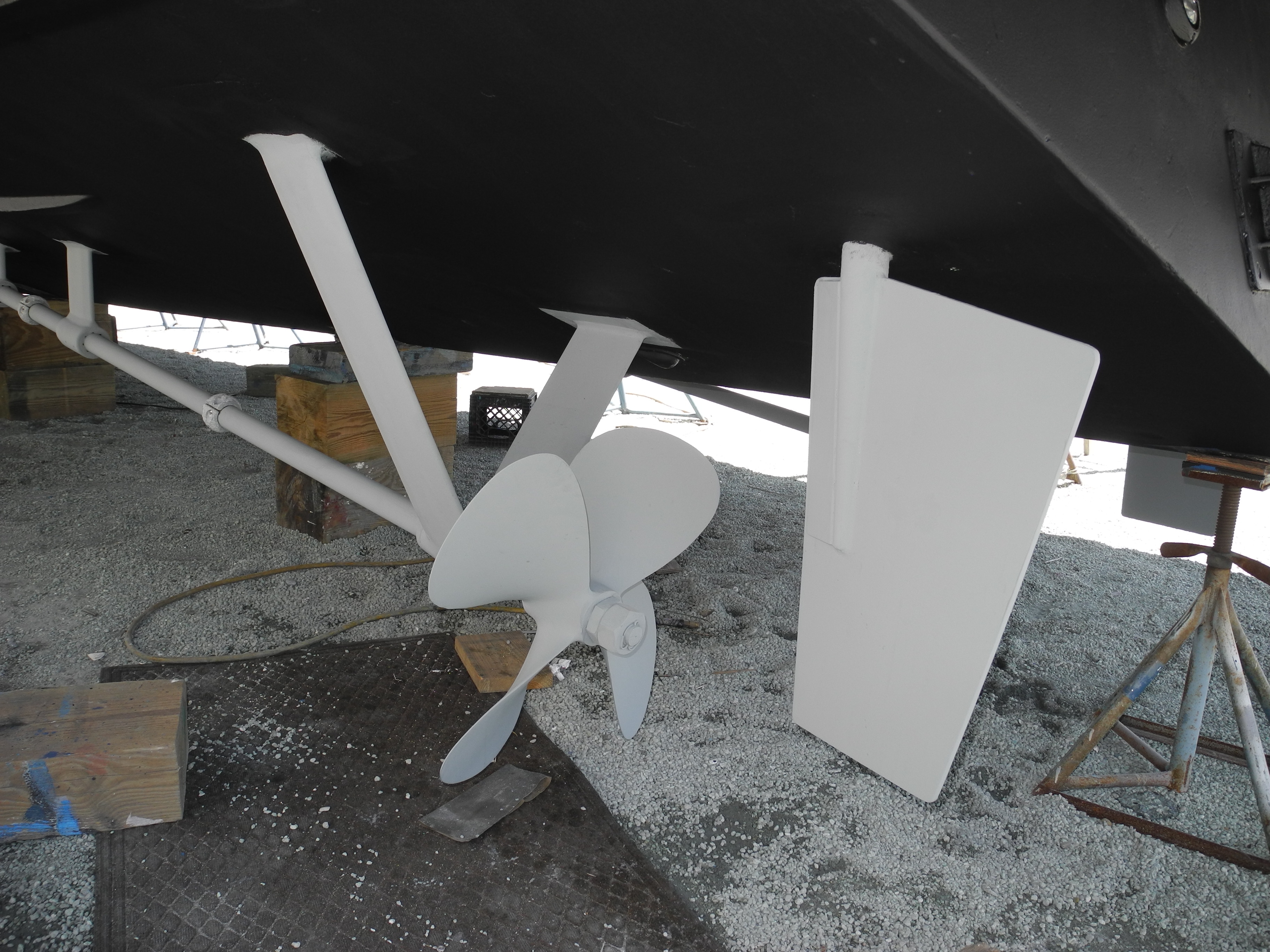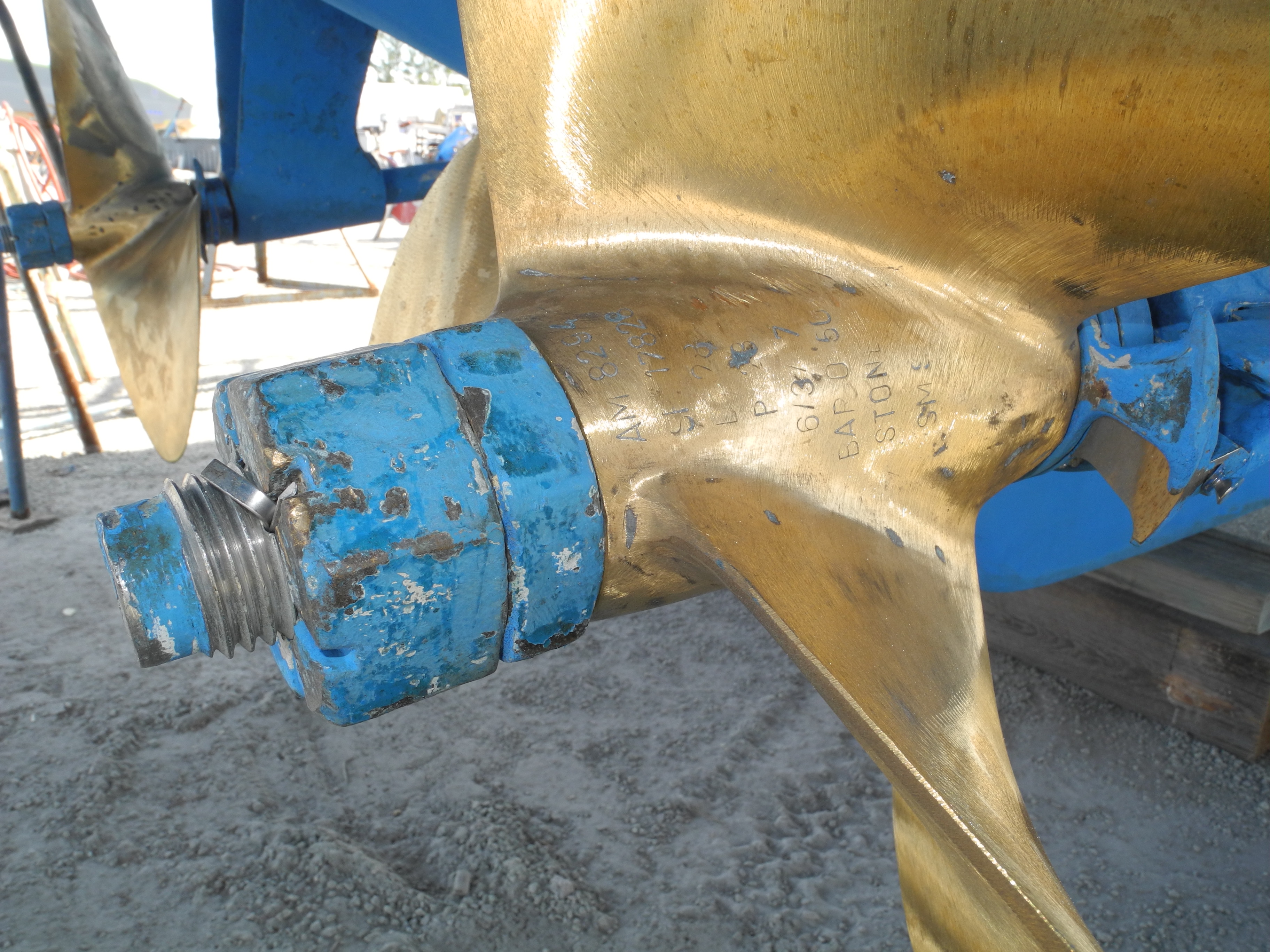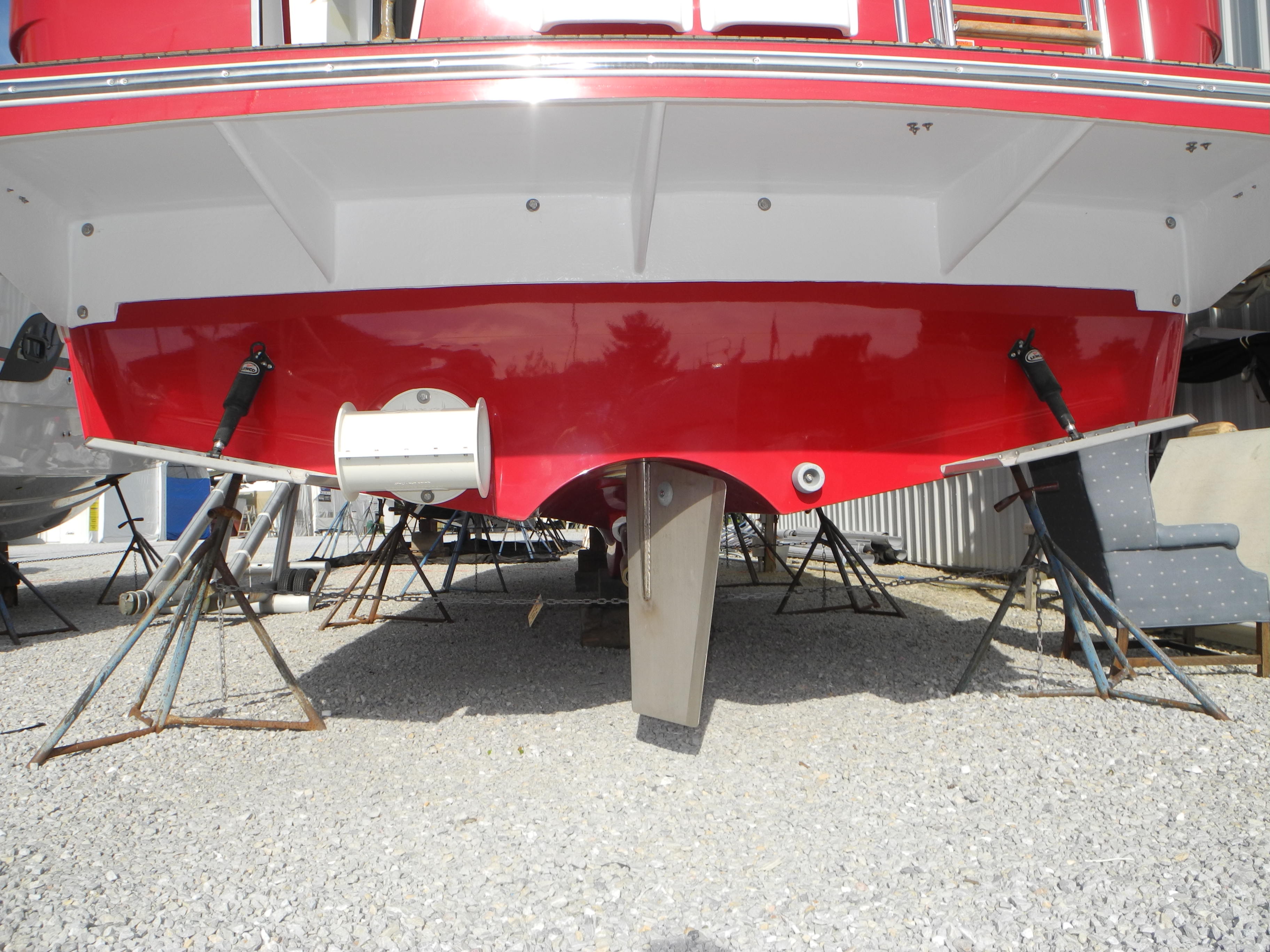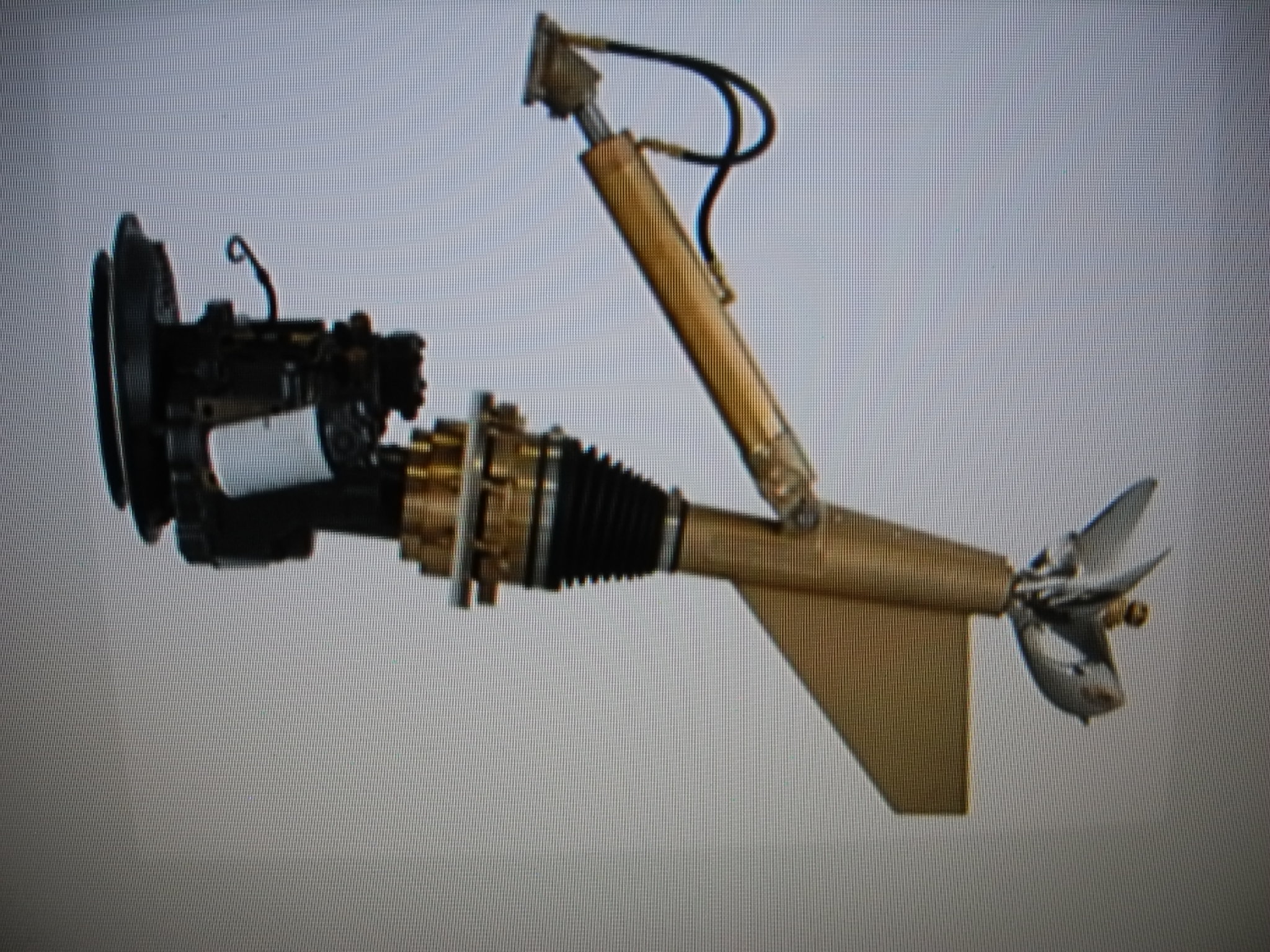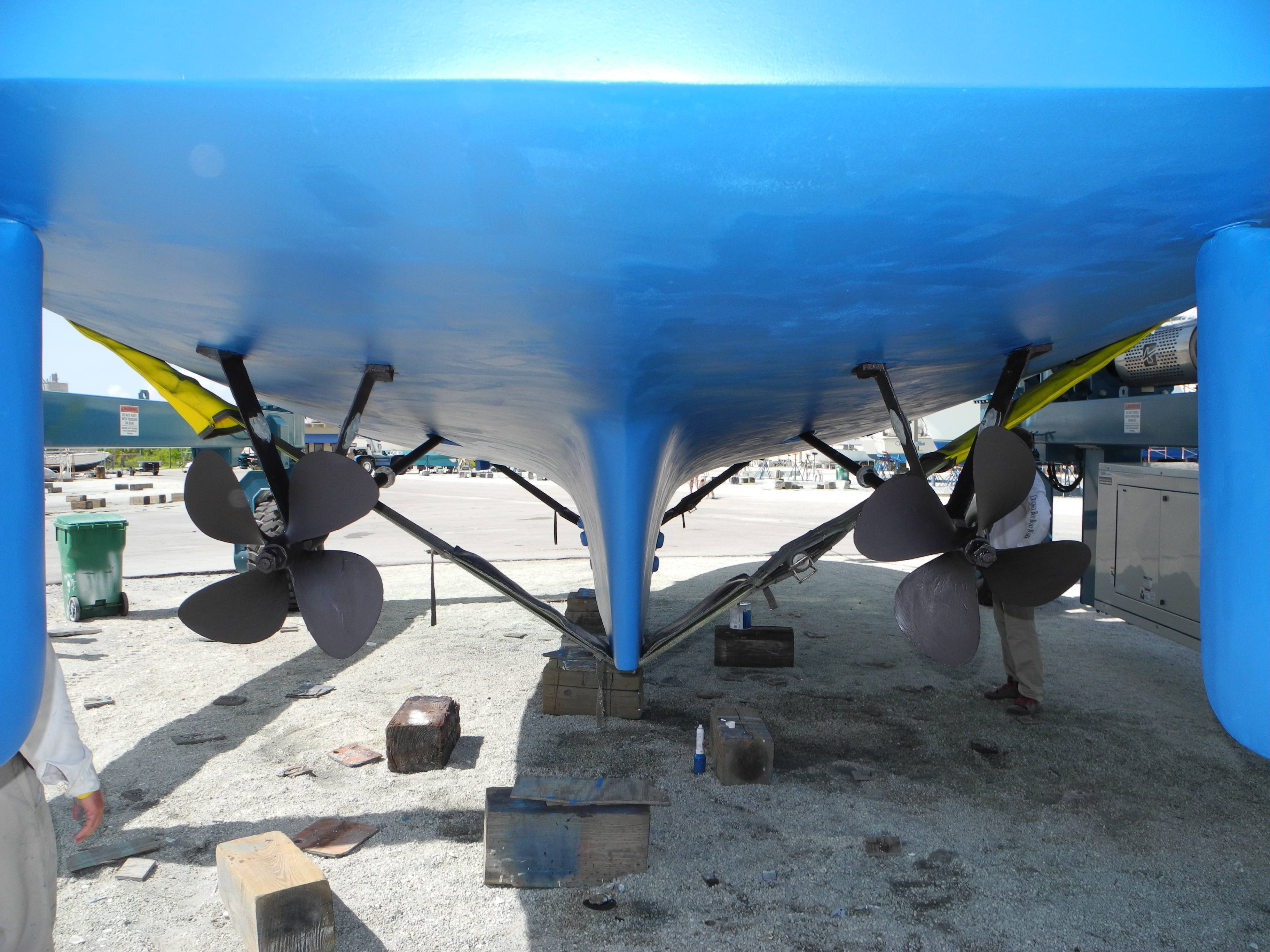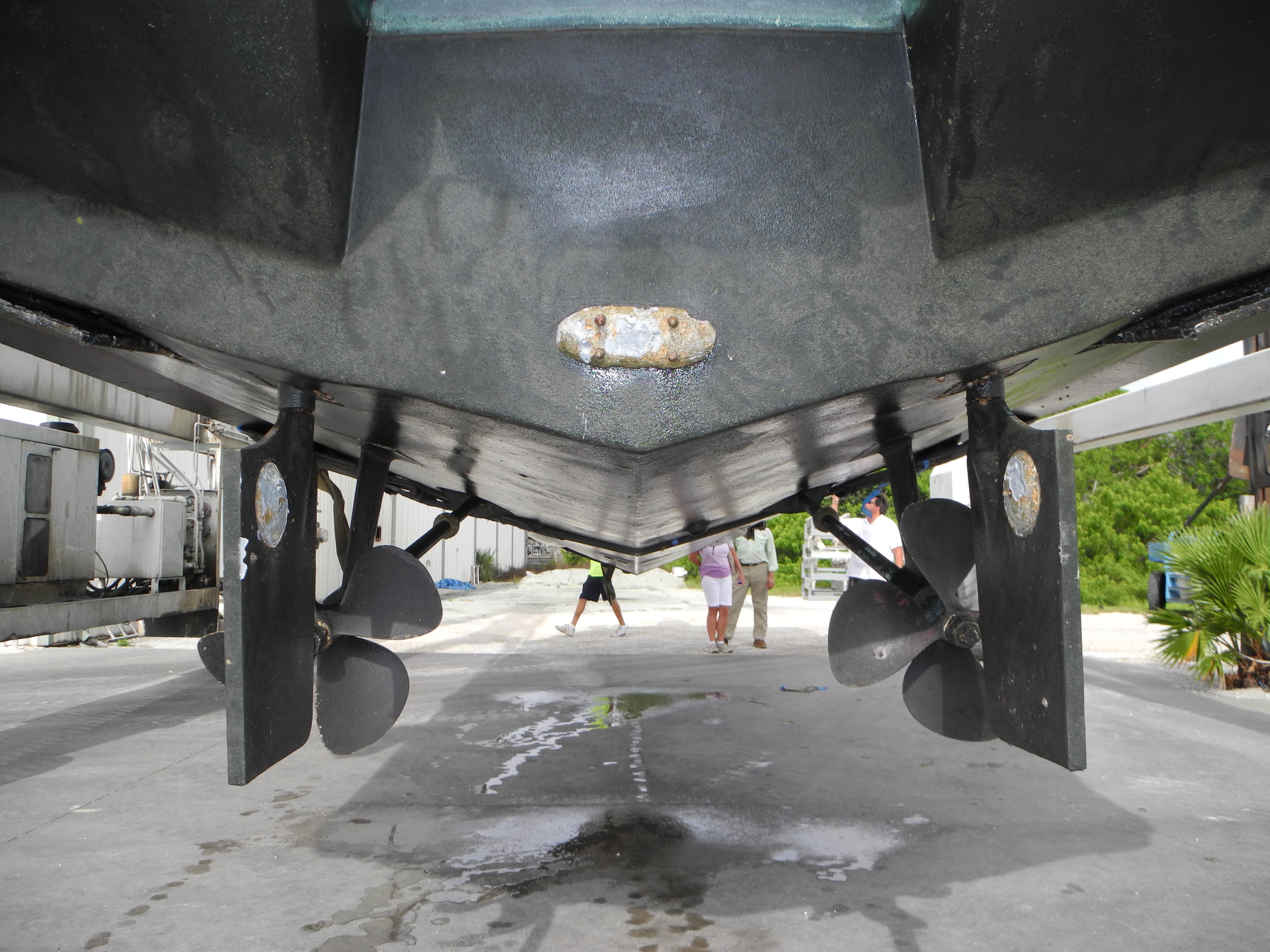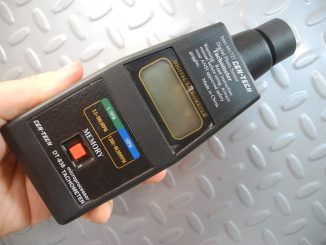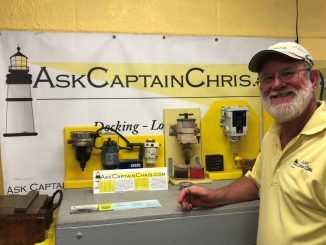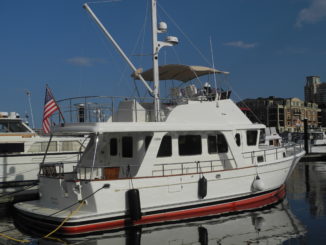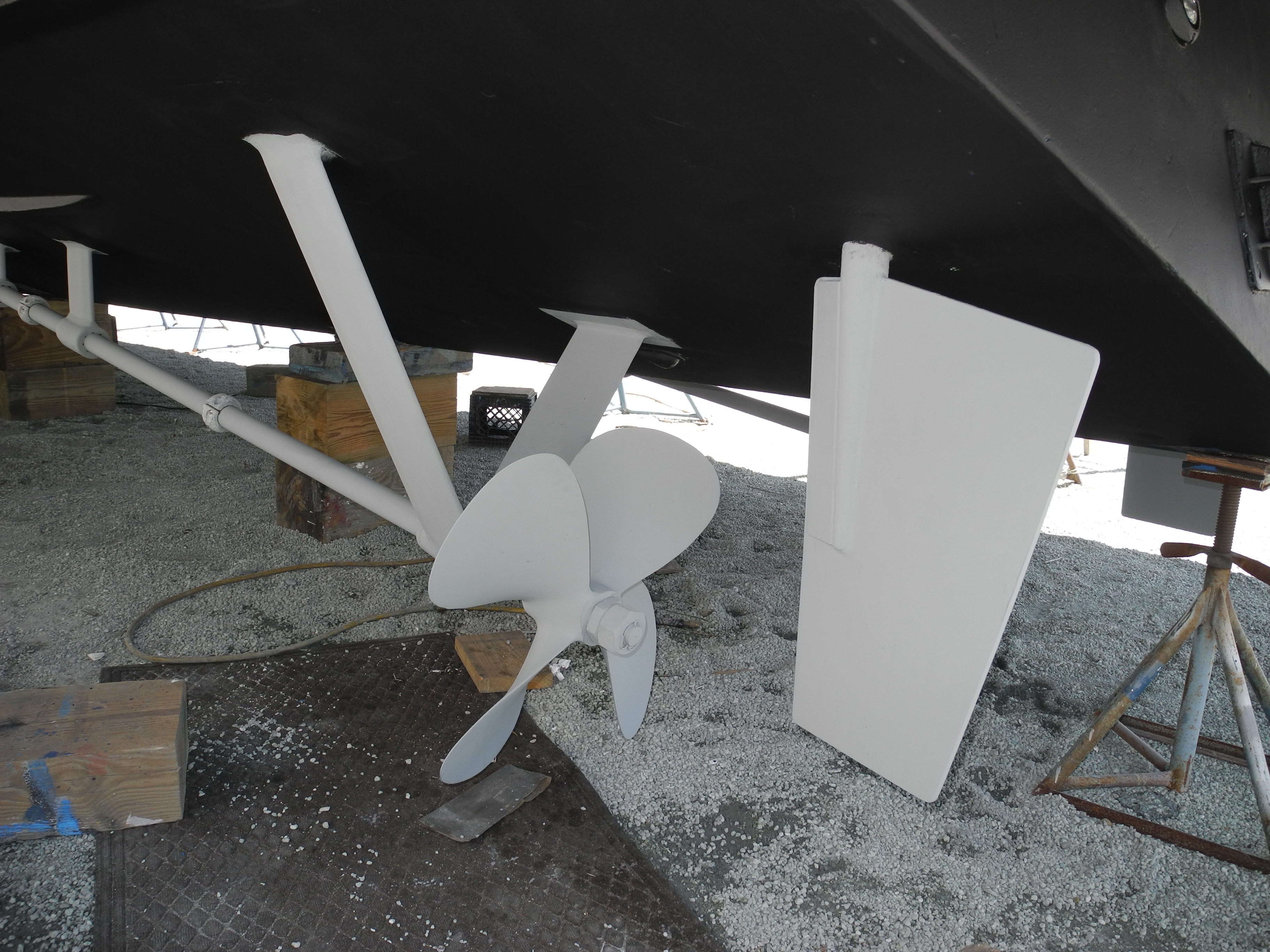
Today’s cruising boats have some innovative ideas for propulsion. Most boat owners consider single or twin engine/propellers as the options for propulsion systems designs.
But, these propulsion concepts started long before the powered commercial fishing trawler was born. In the early days of engine propulsion, owners of sailing vessels wanted to add engines but had no practical below deck space to install a large machine. So, they did the next best thing and added a yawl boat with an engine. This looked very much like an over powered dinghy hanging on davits while not in use. Then when the yawl boat was needed to motor into a harbor or dock it was lowered to propel the sailboat. Some say that the name yawl boat was derived because it was behind the rudder post. Much like the yawl boat concept, today’s ideas for propulsion are functional and very creative.
Remember that pleasure trawlers are designed after the first rugged yet economical single engine fishing trawler, used for the last century to catch our dinner. These no nonsense go-anywhere, all weather vessels were an excellent model for the pleasure boats of today, whether crossing oceans or just cruising the ICW in comfort.
Single or Twin Engines?
The age-old question starts with “Should I buy a single engine boat or look for a twin engine for the safety factor?” Many owners believe that if one engine is good then two should be better. In reality, the most efficient vessel and engine design is a single engine installation. Look at the ocean going container ships and tankers. The engine is mid ship, low in the keel and provides straight forward propulsion. Access is simple and easy with a lot of space around the engine to add accessories and perform owner preventative maintenance. Since the engine is in the keel, the drive system is protected from impact with logs or sandbars. The propeller is above the bottom line of the keel giving it and the rudder terrific protection in case of a grounding incident.
Right or Left-hand Propeller Influences Design
Have you heard about a right-hand or left-hand propeller or engine rotation? Most engines today have left-hand rotation meaning the propeller also turns left or counterclockwise when going forward. Now quick! Think which direction the propeller turns when in reverse gear. If you guessed that the propeller turns in the opposite of forward then you would be correct. Go to the head of the class! And, since for most cruising boats today that means right-hand or clockwise rotation then the boat will walk to the right or starboard when traveling in reverse gear. Keep in mind propellers are also called screws so think of screwing something in or out, forward or reverse.
A true trawler has a full keel that acts as a guide or track to help keep the boat straight when moving forward. There is nothing to keep the vessel on track in slow reverse (not even the rudder) so the boat will actually walk right to the starboard side when in slow reverse. Pay attention to the wide body design cruising boats that have much more interior saloon space because the designers moved the cabin all the way to port gunwale. That design only includes an external walkway on the starboard deck for docking. This was no accident since the boat walks right or to starboard which is the obvious place for the walkway and your deckhand.
Solutions to Failure
Many want to believe twin engine cruising boats are safer, in case one engine fails you have a second. This may be true but few people consider that the most common reason of engine failure is dirty fuel. So if you understand that dirty fuel may be why you lose propulsion then one engine or two may not be the solution, especially if they both use the same fuel tank. There are two easy solutions to dirty fuel: first, keep it clean by monitoring the fuel filters and polishing the fuel in storage and second, purchase towing insurance like TowBoatUS or SeaTow. These annual plans are affordable and should be a part of your boating safety plan.
Twin-engine cruising boats do offer a few advantages over the single engine vessel. Maneuverability in tight spaces when docking is a lot easier with twin engines even without a bow thruster. You can put one engine in forward and the other in reverse just like a lever operated bulldozer or bobcat. The boat will rotate giving you turning ability, often turning within very tight thoroughfares. But a single engine vessel with a bow or stern thruster can also be quite maneuverable with practice. Just use the thruster’s joy stick to push the bow or stern over easily. Another advantage of twin engines is that the draft may be about 1 foot shallower because twin engines are outboard of the keel. Their smaller propellers require less draft. When traveling in the shallow waters of the ICW less draft is a real bonus.
Fuel Consumption
Additionally, because twin engines are usually less horsepower than the single engine vessel of the same length, the fuel consumption for two engines may be the same as the larger single engine. Some owners believe they have creative ideas to save fuel when easing down the ICW. They want to run one engine while the other engine is shut down thinking they can save on fuel expenses. I do not have confidence that this is a real improvement because of a few factors. The twin engine design has smaller engines than their single engine counterpart. When the twin engine boat runs on only one engine that engine must run at a much higher RPM to maintain their speed. This now causes you to burn almost the same fuel as if you were running both engines at a slower RPM.
Another important consideration to running only one engine at a time is if you have a water cooled dripless propeller shaft seal. When the dead engine propeller shaft is freewheeling or wind milling then that shaft seal is not being cooled or lubricated and may cause premature failure. If you insist on running on one engine then consider installation of a crossover water cooling hose between the port and starboard propeller shaft seals. This will provide water cooling when either engine is not running. Some owners have purchased shaft locks to lock the shaft on the engine not running so that propeller is locked and will not rotate. Now you have dead prop drag and resistance which may make you burn more fuel.
Come-Home Wing Engine
So, let’s get back to the single engine vessel. How can you be self-sustaining when you are hundreds of miles out on the ocean or in exotic islands like Trinidad or Cuba and that single engine starts to act up? Uh-oh. The commercial towing company you joined is back in the good ole USA. Hmmm. Here is one design option for the global cruiser that includes get-home ability: the get-home or wing engine. Some cruising boats have an independent smaller horsepower wing engine to meet this concern. This is similar to an auxiliary engine in a sailboat that features a feathering prop. It is there and ready to use when needed.
Wing engine systems need to be run to exercise the engine, reduction gear, shaft seal and yes, the feathering prop. Then you must consider the raw water cooling system and impeller. Is the battery charged and ready to start the engine? We have been on cruising boats that have 2,500 hours on the main engine but only 8 hours on the wing engine. I can assume most of those hours are from when the dealer commissioned the boat before it was sold many years earlier. Not the best practice for your get-home propulsion equipment.
PTO – Power Take Off
Another design features a hydraulic drive coupled to the generator via a PTO, power take off. The PTO is an addition to the engine on a generator that can provide hydraulic pressure to power a shaft propulsion system. But just like the spare tire in the trunk of your car, is it ready for use? Your back up propulsion systems must be used and proved often. If it just sits there waiting for the day you need it then it may not work.
Another benefit of the hydraulic PTO is that you can build in other accessories like a bow thruster, anchor windlass and dinghy davit in addition to the get-home propulsion drive system. These accessories also need to be used often to stay familiar with how to use them. In the event that the main engine dies then you need to start the generator. The diesel engine on the generator is usually only powerful enough to run one option at a time, either electrical output or PTO hydraulics, but you can’t do both. If you have a full load on the electrical generator and try to use the hydraulic PTO then the engine will stall and die.
Once you have eliminated the electrical demand then the diesel engine can supply full power to the PTO. This allows you to operate the hydraulic shaft propulsion unit. This is a basic get-home feature so there is no reverse on the hydraulic unit. Both the wing engine and PTO hydraulic drive system have limited thrust or horsepower so the vessel may travel at half of the normal cruising speed. The wing engine is off center line so the boat will skew and the helmsman will have to counter steer a course to offset that feature. The hydraulic drive system is connected directly to the only propeller shaft and the boat will go straight.
PODs
Of course, there are other propulsion designs you may have heard of, The POD. Volvo and Cummins Zeus are the two more dominant concepts. These are steerable propulsion units below the boat that include duo props and underwater exhaust. No rudders. These designs are for planning hulls not displacement slow speeds.
Click here for another Captain Chris article specifically about the POD propulsion system designs. Included in this additional website review is a video showing the stationery feature of the Skyhook using the directed thrust propulsion system.
How to Decide
After you consider all of the above you still may not be able to answer which is better- a single or twin-engine cruising boat or which propulsion design is more desirable. The discussion seems endless and may not actually have a definitive answer. We always recommend that before making any buying decisions you should first establish your vessel mission. Whether you plan to cruise in the protection of the ICW, in southern waters or the great blue yonder there are propulsion system designs which will best suit your needs and budget.
We recommend learning more about propulsion system designs and other essential subjects for the boat owner who likes to DIY. Even a simple understanding of why a piece of equipment has failed is half the battle of repair and replacement. Join us for a 2-day seminar Introduction to Boat Systems in Vero Beach FL. Ask Captain Chris about propulsion systems designs. Happy cruising!
